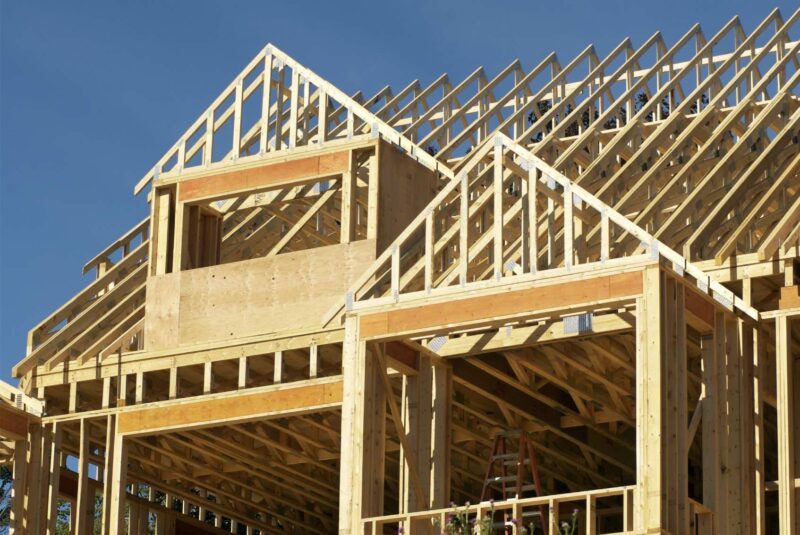Workforce Housing Bill Leverages Tax Credits

Connecticut lawmakers are considering wide-ranging proposals designed to expand the state’s workforce housing inventory.
The General Assembly’s Housing Committee held a marathon public hearing Feb. 28 into March 1 that reviewed bills addressing what is a key priority for lawmakers this session.
CBIA policy associate Pete Myers testified in support of Section 13 of SB 4, which proposes tax credits for investments in housing developed in federally recognized opportunity zones.
“The lack of affordable workforce housing in our state is one of the factors contributing to
our workforce crisis,” Myers testified.
“CBIA believes that incentivizing the building of workforce housing in a manner that maintains local control is the best solution to our workforce housing crisis.”
Incentivizing and developers and municipalities to build housing is among CBIA’s 2023 Transform Connecticut policy solutions, designed to address the factors driving the state’s worker shortage.
Brownfield Sites
Myers urged the committee to add brownfield sites to areas that qualify for the proposed tax credits.
“We suggest that the legislation be amended to utilize the funds in Sec. 32 –765 of the Connecticut General Statue known as the Targeted Brownfield Development Loan Program,” he said.
“CBIA recommends this loan program be shifted to a one-time grant program that could be utilized
by eligible developers to remediate the brownfield site before the development of workforce housing.
“Adding brownfields as potential sites that could be used for workforce housing would be a creative way to solve two problems at once.
“This would create more available low-cost land that could be used for workforce housing and this would clean up our state’s brownfield sites.”
Tax Credits
Myers also recommended that the legislation be expanded to increase the amount of tax credits awarded for qualifying investments.
As drafted, the bill limits qualifying development projects to 50% market-rate housing, 40% workforce housing, and 10% low-income housing.
Myers also recommended that the legislation be expanded to increase the amount of tax credits awarded for qualifying investments.
“Given the cost of developing a workforce housing development, we suggest increasing the tax credits that a business could receive for contributing from $5 million to $10 million,” he said.
“Additionally, we suggest adding a second level of workforce housing that would consist of
a 40% market-rate, 40% workforce, and 20% low income.
“For businesses that want to contribute to a level two workforce housing development, those businesses would be eligible for tax credits of up to $11 million annually.”
Municipal Support
The Connecticut Conference of Municipalities, which is collaborating with CBIA on housing solutions, also testified in support of the language in Section 13 of SB 4.
“The bill would preserve local control through zoning approvals and enables a municipality to
designate an eligible workforce population target of its choosing through vote of its legislative
body,” CCM’s Zachary McKeown testified.
“The bill also provides the option for municipalities to enable property tax exemptions to workforce housing development projects.”
CCM’s Zachary McKeown
“The bill also provides the option for municipalities to enable property tax exemptions to workforce housing development projects with state reimbursement.”
CCM also supported amending the bill to qualify brownfield sites for development-based tax credits and add a second tier of workforce housing.
For more information, contact CBIA’s Pete Myers (860.244.1921).
RELATED
EXPLORE BY CATEGORY
Stay Connected with CBIA News Digests
The latest news and information delivered directly to your inbox.


